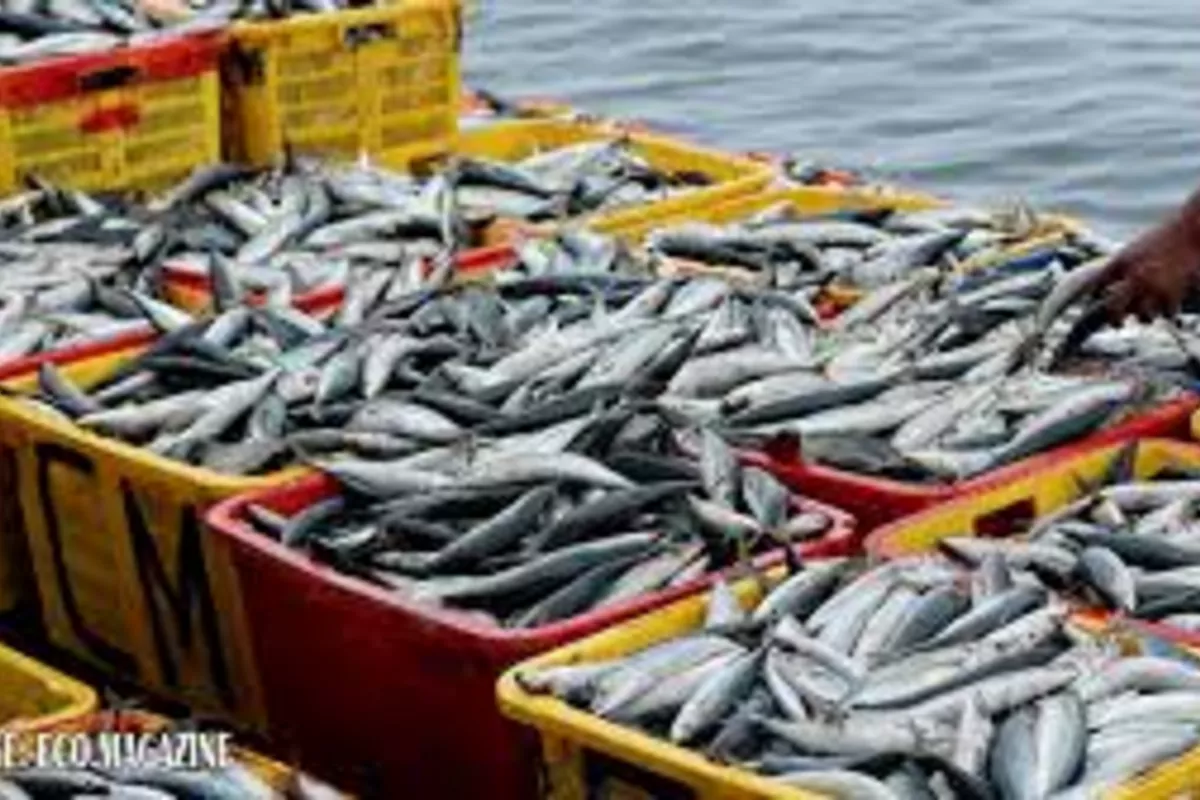
photo: KNN India
Kazakhstan’s fisheries industry marked a significant turning point in 2025, driven by the June enactment of the new Law “On Aquaculture.”
The legislation aims to create a more favorable environment for domestic producers, promote import substitution, and enhance export potential, The Caspian Post reports via Kazakh media.
Production Growth and Tax Incentives
A key feature of the law is the introduction of a special tax regime for aquaculture enterprises, slashing mandatory budget payments by 70 per cent, which is expected to accelerate sector growth and modernization.
Between January and July 2025, Kazakhstan’s production of fish, crustaceans, and mollusks-both processed and canned-increased by 20.7 per cent, reaching 35,500 tons. This boost partly reflects a low production base in 2024, when output declined by 17 per cent compared to 2023.
For the first time since 2022, domestic fish production has equaled import volumes, though exports and re-exports fell by 17.3 per cent in the same period, totaling 10,300 tons.
Regional Aquaculture Expansion
Aquaculture has seen strong growth nationwide over recent years, with 2024 production reaching 18,200 tons-2.5 times higher than in 2021.
The Turkistan Region leads the industry, contributing 25 per cent of total farmed fish with 4,400 tons, including carp, pike perch, silver carp, and grass carp.
The East Kazakhstan Region is second, producing just over 2,000 tons-nearly four times its 2021 output-focused on trout, carp, wild carp, and salmon.
Other prominent regions include Zhambyl (1,800 tons), Almaty (1,700 tons), and North Kazakhstan (1,600 tons), with trout prevalent in the south and peled farming dominant in northern areas.
Financial Growth and Investment Trends
The sector’s value more than doubled, climbing from 6.5 billion to 14.9 billion tenge. Although East Kazakhstan’s production volume was lower, it generated the highest revenue at 3.1 billion tenge, narrowly outpacing Turkistan’s 2.9 billion tenge due to the premium market price of trout.
Aquaculture has attracted numerous entrepreneurs, bolstered by state subsidies for fish farm and cage infrastructure development. Investment peaked in 2023 with 22.3 billion tenge injected into the industry. However, capital investment slowed in 2024, with just 3.4 billion tenge invested from January to August-a 20.3 per cent decline compared to the previous year.
Future Outlook
Looking ahead, the Fisheries Committee announced a major new trout farming project in Mangistau, featuring cage installations in the Caspian Sea. Valued at around 12 billion tenge, the venture is backed by a 5 billion tenge soft loan.
Over the next two years, 39 new aquaculture farms are planned across Kazakhstan, with total investments expected to reach 50 billion tenge.
Earlier reports highlighted the launch of a large-scale salmon farming project in Mangistau, underscoring ongoing growth and modernization in Kazakhstan’s aquaculture sector.
Share on social media
